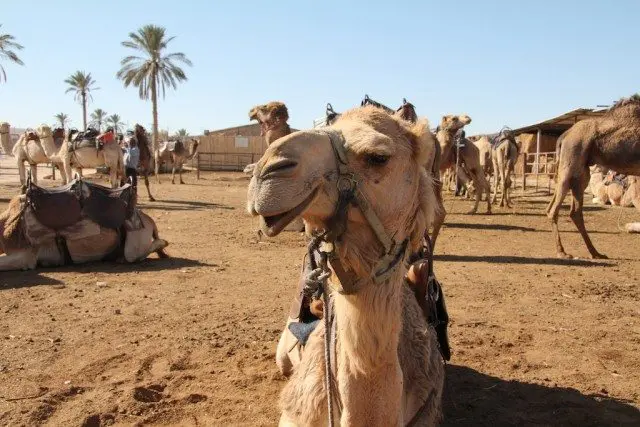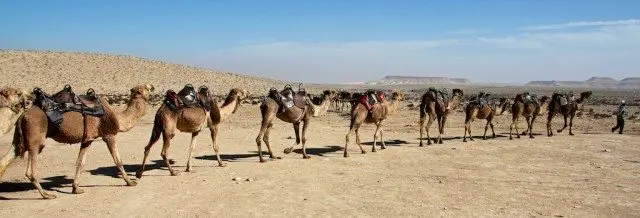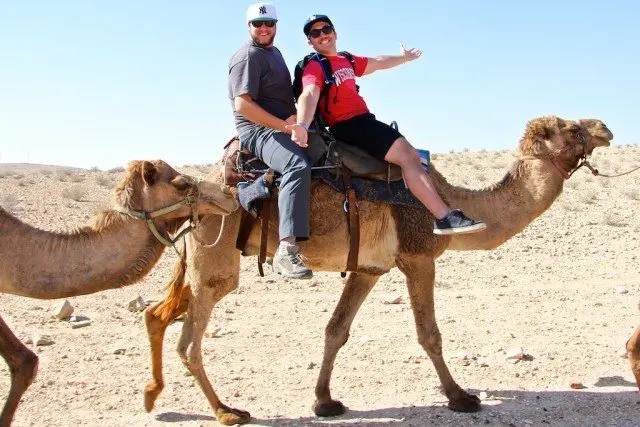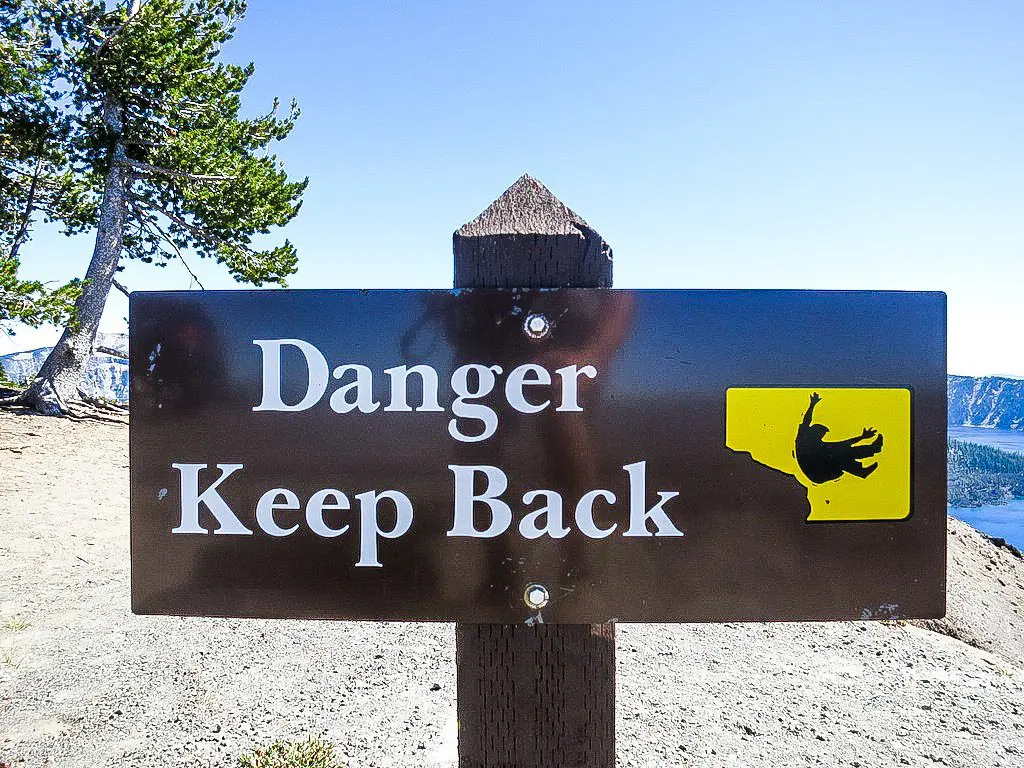Why You Should Never Ride a Camel
Living up to the tradition of reinforcing stereotypes, you decide that you would like to ride a camel during your stint in the Middle East.
Good for you.
However, as the wide-eyed, camel-adventure-hungry traveler you are, what you fail to realize is that your Lawrence of Arabia fantasy of plunging headlong into the dunes of the Israeli desert, shouting unintelligible battle cries and waving your saber at some invisible enemy is that camel rides are not exactly what you had hoped for (and that the Israeli desert is duneless).
Imagine something more like being placed on an old donkey at a petting zoo attached to a pole and being led in a circle by a man who has no interest in your enjoyment or his responsibility as an animal leader. Thrilling.

But camel riding has its redeeming qualities.
Getting on and off the camel is quite interesting as the camel must sit on the ground to allow for this. Once on the camel, you sit much higher than you would on any horse (offering key tactical advantages on the battlefield). Once again, this excitement is short-lived because once the camel begins moving, you will notice that the chaffing of your thighs and discomfort in your anus quickly takes hold as you start to wonder if you will ever make it off this desert beast (you might not).
As fear turns to paranoia, you begin looking over your shoulder, wondering if the camel tied to the back of yours is going to eat your backpack or spit on you (it will).
Then, when it is finally over, you wonder if you will ever walk straight again.

Overall, my experience on a camel was more than a simple tourist activity; the ride taught me that sometimes your childhood dreams are better left unfulfilled – thanks, camel.







Hopefully tourists do a little more homework than reading this type of blog before considering paying money to an operator for a camel ride or anything else considered by most with some level of awareness as unethical and animal exploiting. For everyone’s info, a camel is deemed to be as intelligent as an 8 year old child.
I think you did it wrong or maybe it depends on the camel? Mine kept looking back to see me after I told it to relax and move as slowly as he can. There are chair-like things they put on top of the camels that are comfortable. If the camel walks slowly it is like ocean waves. Horses do not care who you are. Also, camels shake you to the sides, horses shake you front and back. Riding a horse was scarier for me because it moves more sharply (hasty steps) while the camel took wider steps (same distance, same time, less changes in the speed).
I was looking for the right way to get off a camel, because last time I bent one of my knees to push myself off it and everyone panicked.
It depends on the breed of horse you’re riding as to how it “shakes” you. If the horse is gaited you have a very smooth ride. If its a trotter you’re in for a rough ride. Just saying..
This caught me off guard! Your story cracked me up!!! I was looking for info about the camels feelings, ie back pain etc. I’d like to experience this for myself one day, but thanks for letting me know what to expect. I’ll be sure to bring a raincoat
0/10 – would not recommend
This is not in any way informative or factual, just highly opiniated critique of how uncomfortable it was. Anyone with any common sense would realize riding on the back of an animal isn’t like sitting in the back seat of a cadillac. It takes years and years of practice before you get used to the chaffing and discomfort and soreness. Really the article should be “don’t do things you have literally no understanding off and expect to to be a perfect experience.” This is like making a bad review of mountain climbing because the mountain was rude enough to scrape you’re knee on the way up and made you sore for 3 days after. Like duh, realize what you’re getting yourself into before complaining.
Good thing this isn’t a camel blog.
Ooh, someone’s got the hump.
I love reading about your adventures in Israel, Mac. Family over there and I love the place. Appreciate all you do. X
When I first saw this article I thought it was going to be about ethics. The fact that it’s about the actual reality of how uncomfortable it is compared to what you expected is absolutely hilarious. Great article
When I first saw your comment I thought it was going to be angry. Happy you proved me wrong!
.__.
How interesting!
.__.